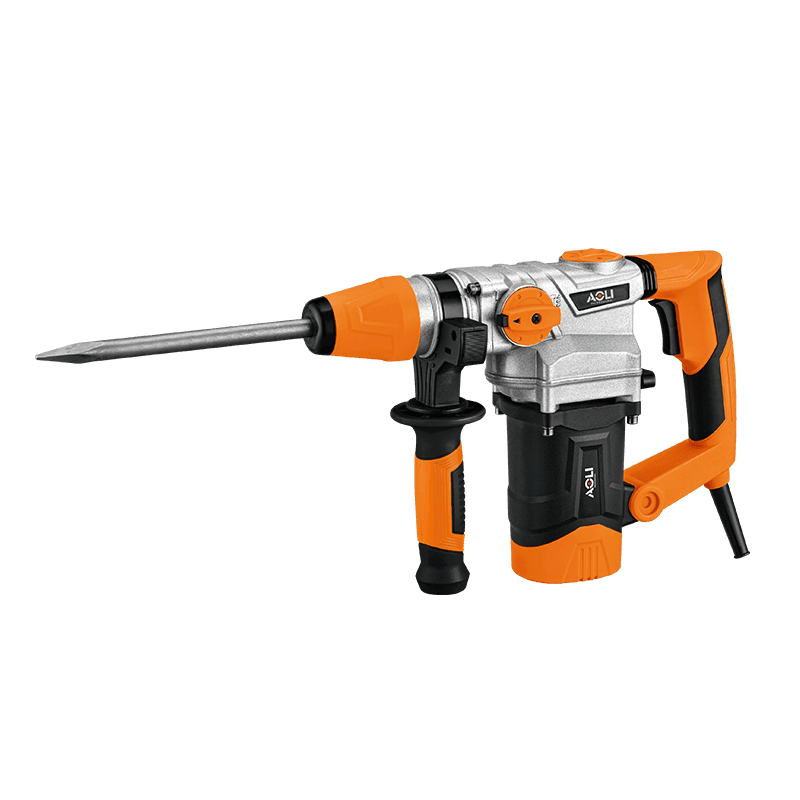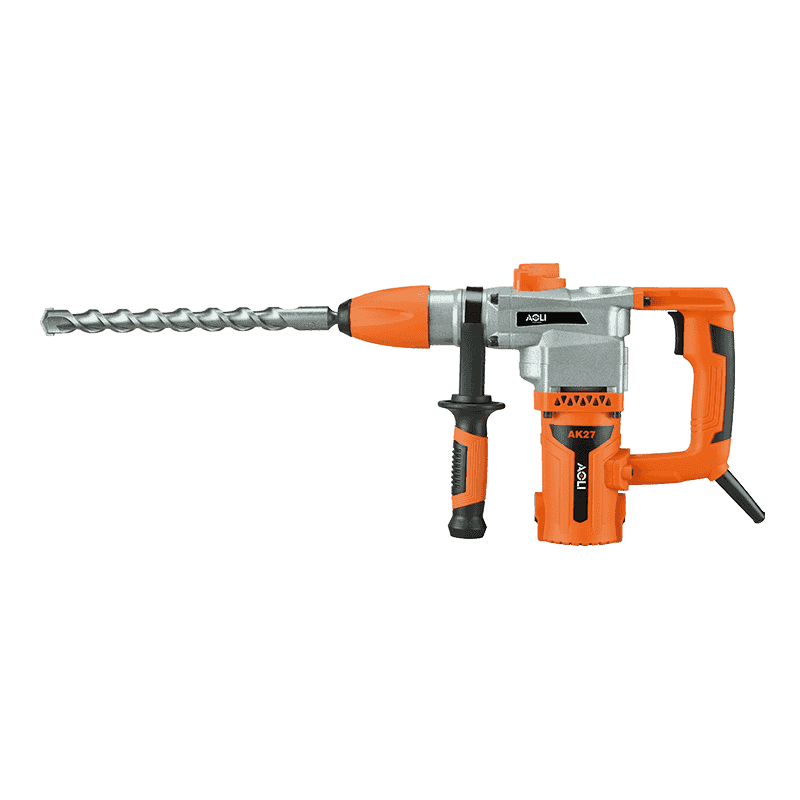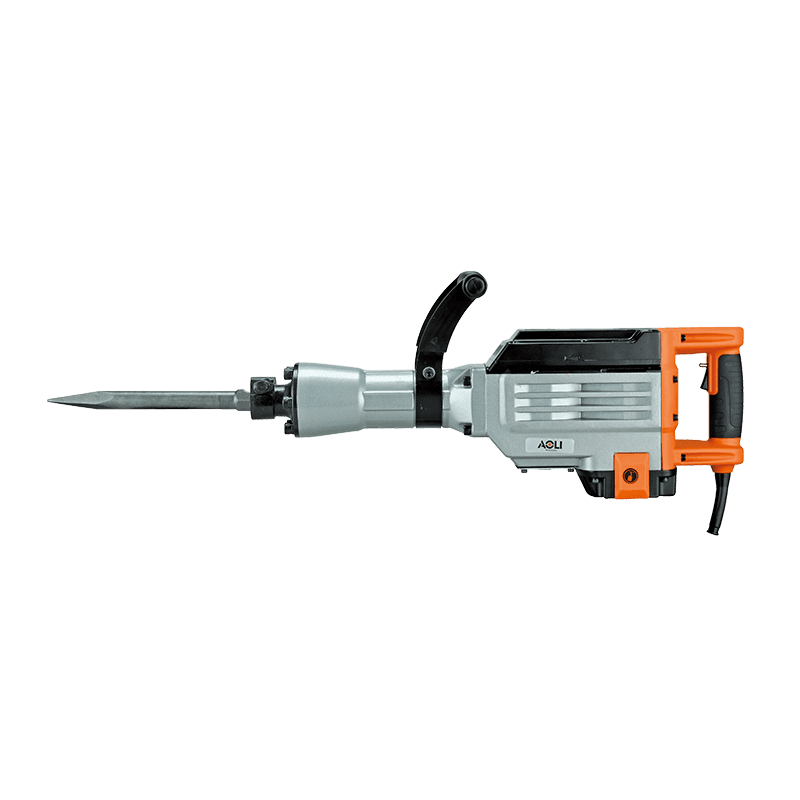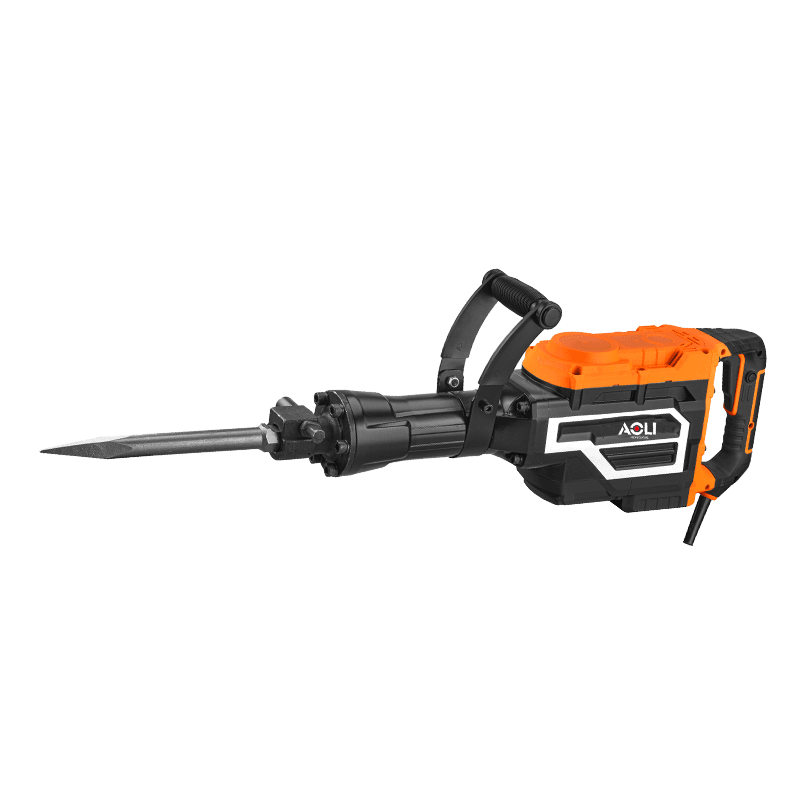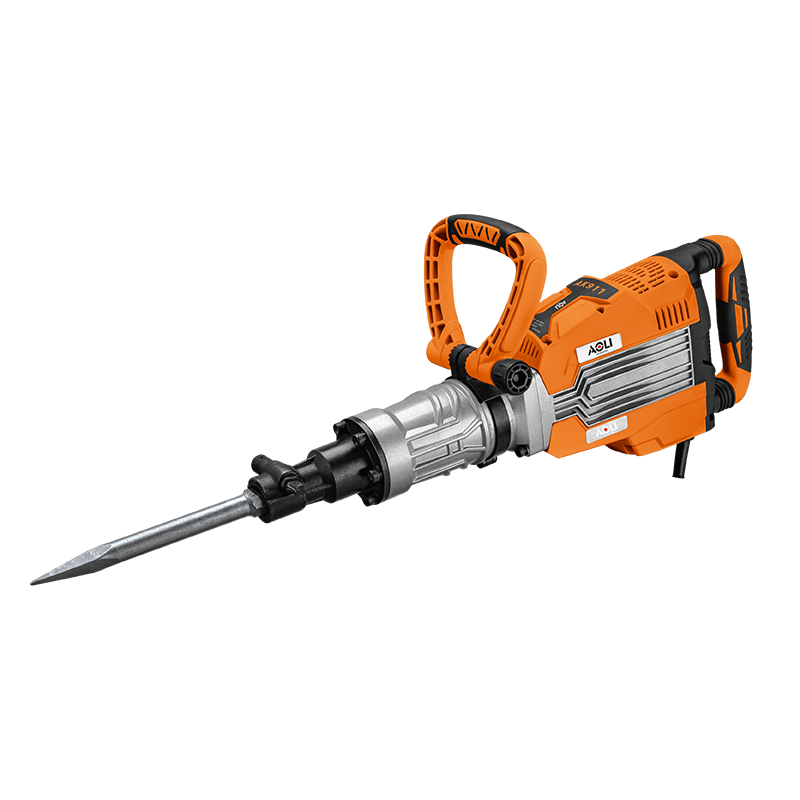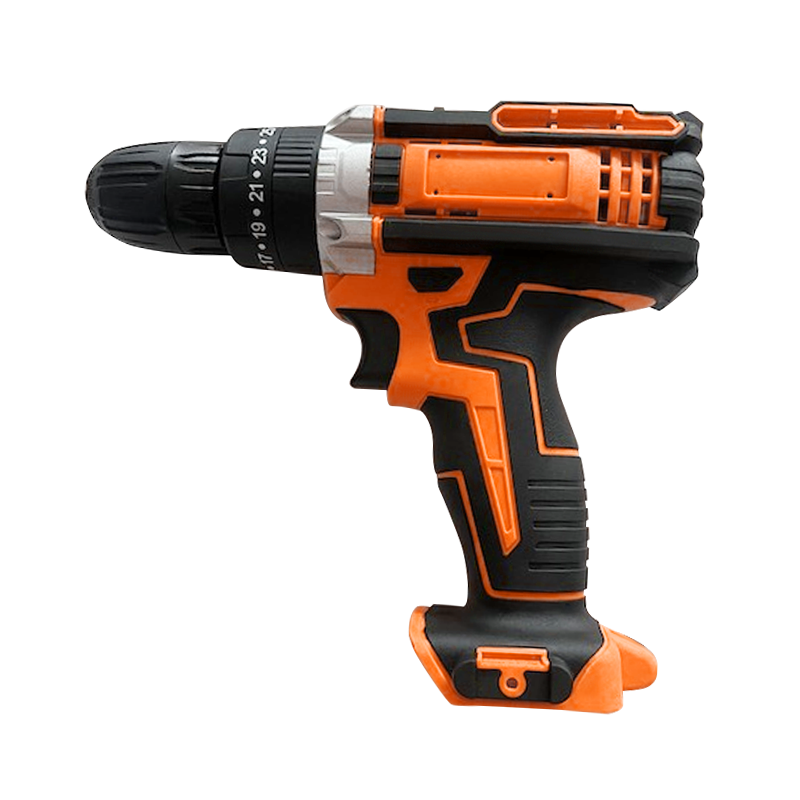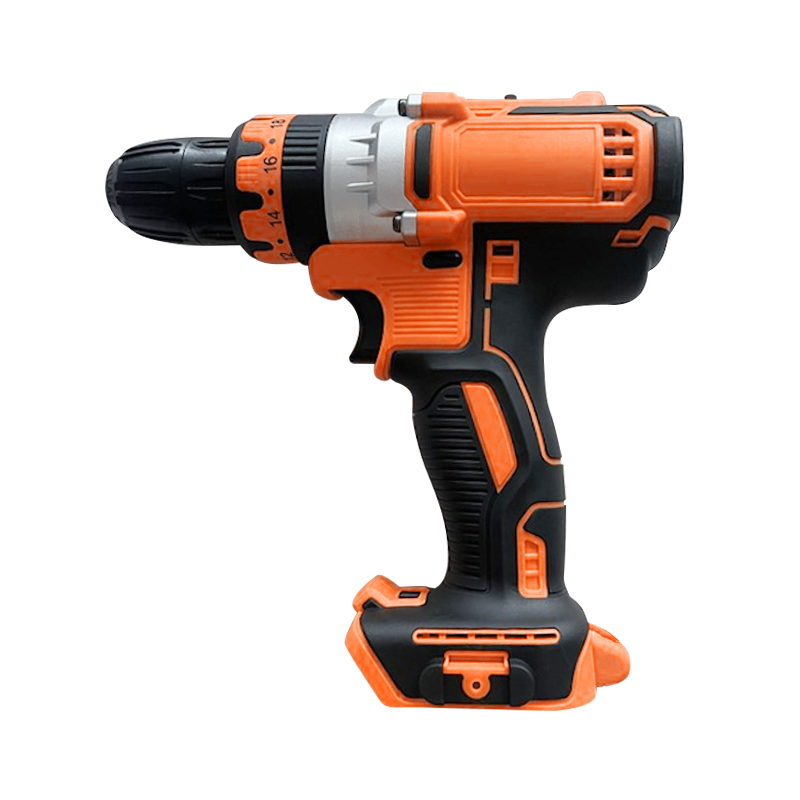In the world of construction and DIY projects, having the right tools for the job is essential for success. When it comes to drilling through tough materials like concrete and masonry, high-speed rotary hammer drills are the go-to choice for many professionals and enthusiasts. These powerful tools are capable of delivering rapid drilling action, but their effectiveness can be greatly enhanced by a feature known as torque adjustment.
In this informative article, we will explore the importance of the torque adjustment function in high-speed rotary hammer drills and how it can benefit users in their drilling tasks.
Before delving into torque adjustment, let's first understand what high-speed rotary hammer drills are and how they work. Also known as rotating hammer drills or speed hammer drills, these tools are designed to deliver rapid rotary and percussive action simultaneously, allowing them to drill through tough materials with ease. They are commonly used in construction, renovation, and demolition projects for tasks such as drilling anchor holes, breaking up concrete, and chiseling away tiles.
Torque refers to the twisting force applied to an object, and in the case of rotary hammer drills, it plays a crucial role in drilling through tough materials. The torque generated by the drill motor determines how effectively the drill bit can penetrate the material. Too little torque may result in slow progress and inefficient drilling, while too much torque can lead to overheating, stalling, or even damage to the drill motor orbit.
This is where the torque adjustment function comes into play. High-speed rotary hammer drills equipped with torque adjustment allow users to control the amount of torque delivered to the drill bit based on the specific requirements of the drilling task. By adjusting the torque settings, users can optimize drilling performance, maximize efficiency, and prolong the lifespan of the drill motor and bit.
Benefits of Torque Adjustment:
1. Precision Control: Torque adjustment gives users precise control over drilling speed and power, allowing them to tailor the tool's performance to match the hardness and density of the material being drilled. This ensures accurate and consistent results, even when working with challenging materials.
2. Prevention of Overloading: Overloading the drill motor with excessive torque can lead to motor burnout or premature wear. Torque adjustment helps prevent overloading by limiting the amount of torque delivered to the drill bit, thus protecting the motor and prolonging its lifespan.
3. Enhanced Safety: By preventing motor overload and minimizing the risk of stalling or jamming, torque adjustment contributes to a safer working environment for users. It reduces the likelihood of accidents, injuries, and damage to the tool or workpiece.
4. Efficient Energy Usage: By optimizing torque settings according to the task at hand, users can conserve energy and extend battery life in cordless rotary hammer drills. This is especially beneficial for prolonged drilling sessions or when working in remote locations without access to power outlets.
The torque adjustment function in high-speed rotary hammer drills is a valuable feature that offers users greater control, efficiency, and safety in their drilling tasks. By allowing precise control over drilling speed and power, torque adjustment helps optimize performance, prevent motor overload, and prolong the lifespan of the drill motor and bit.

 English
English Español
Español русский
русский

